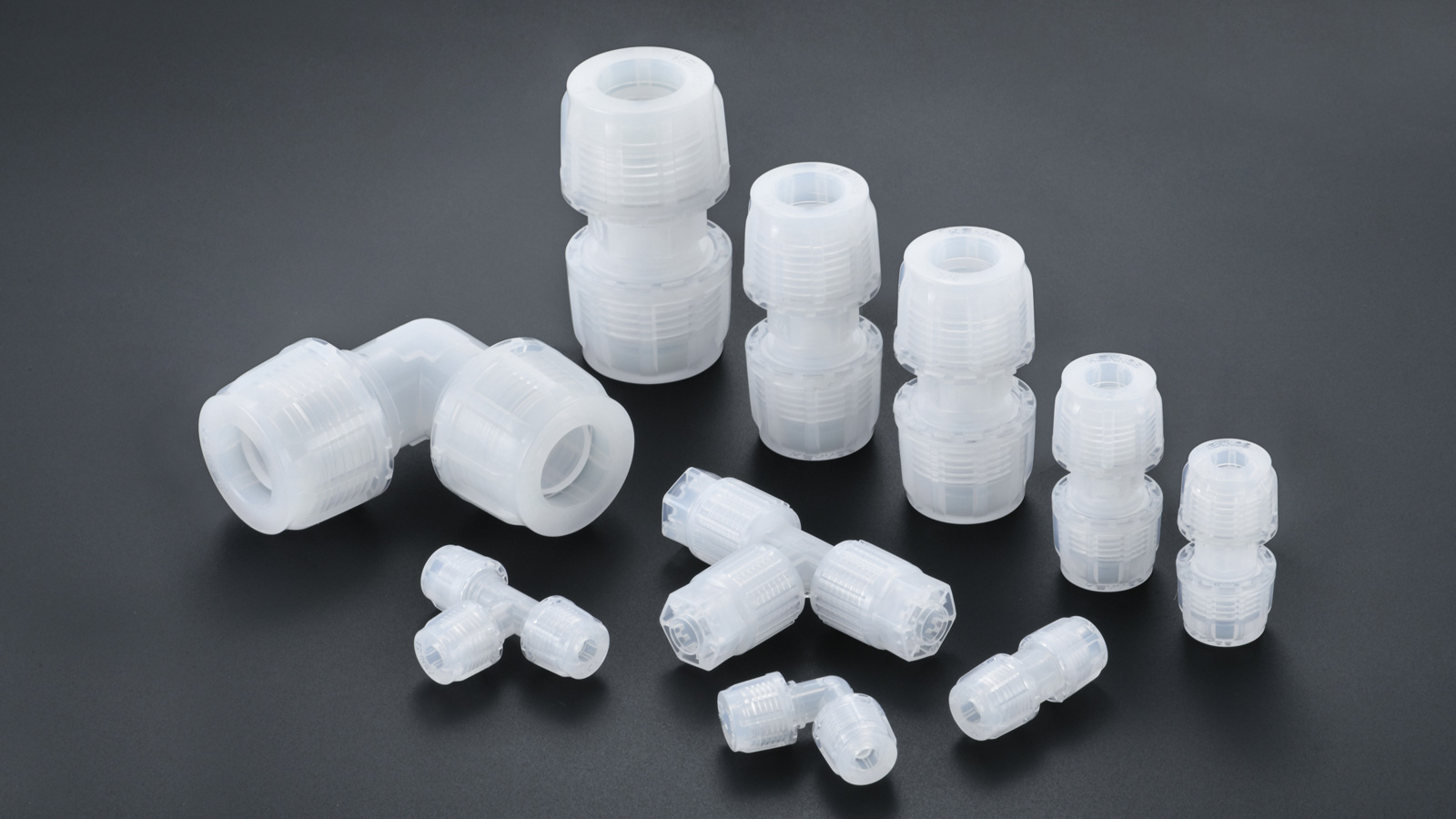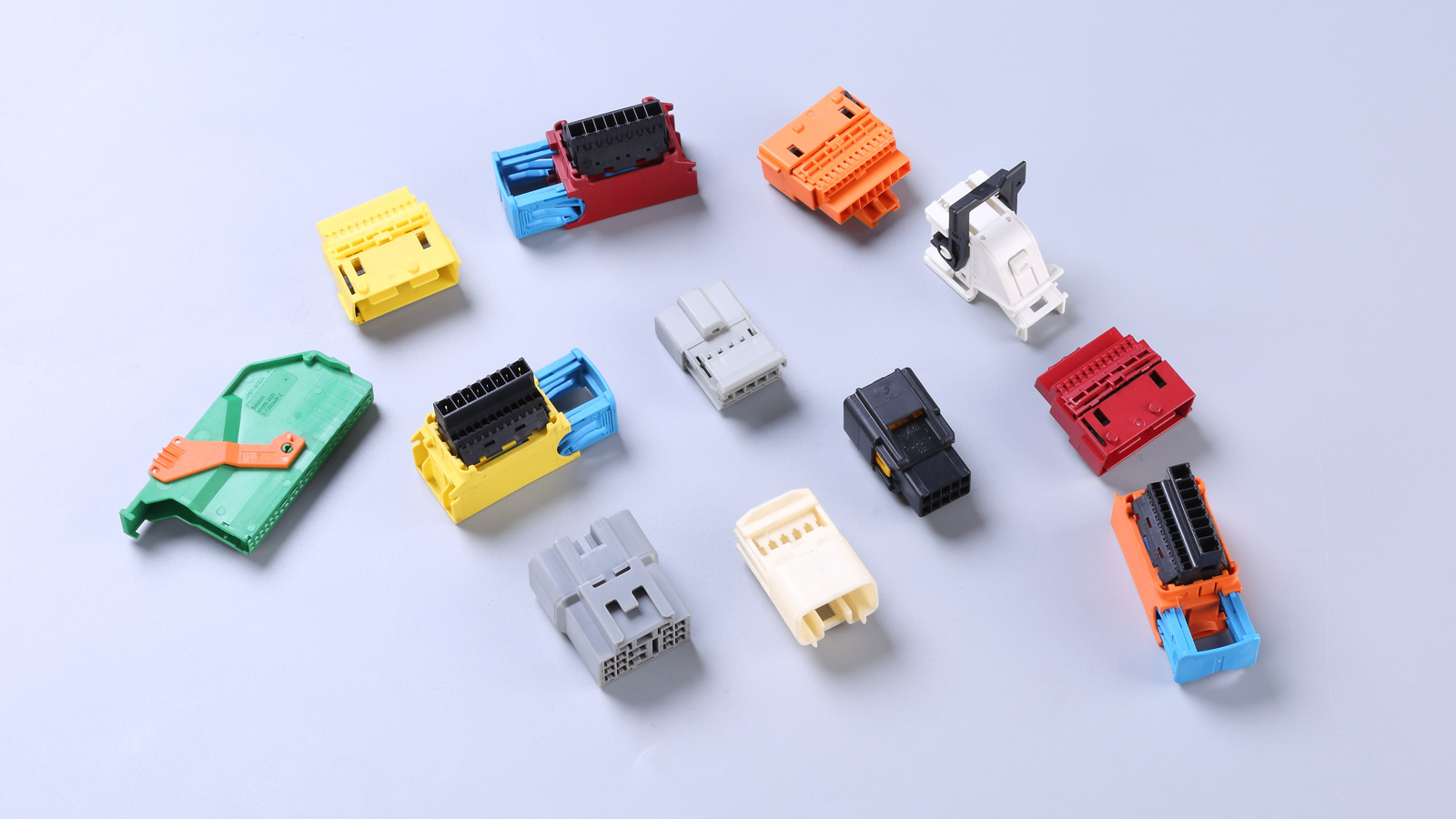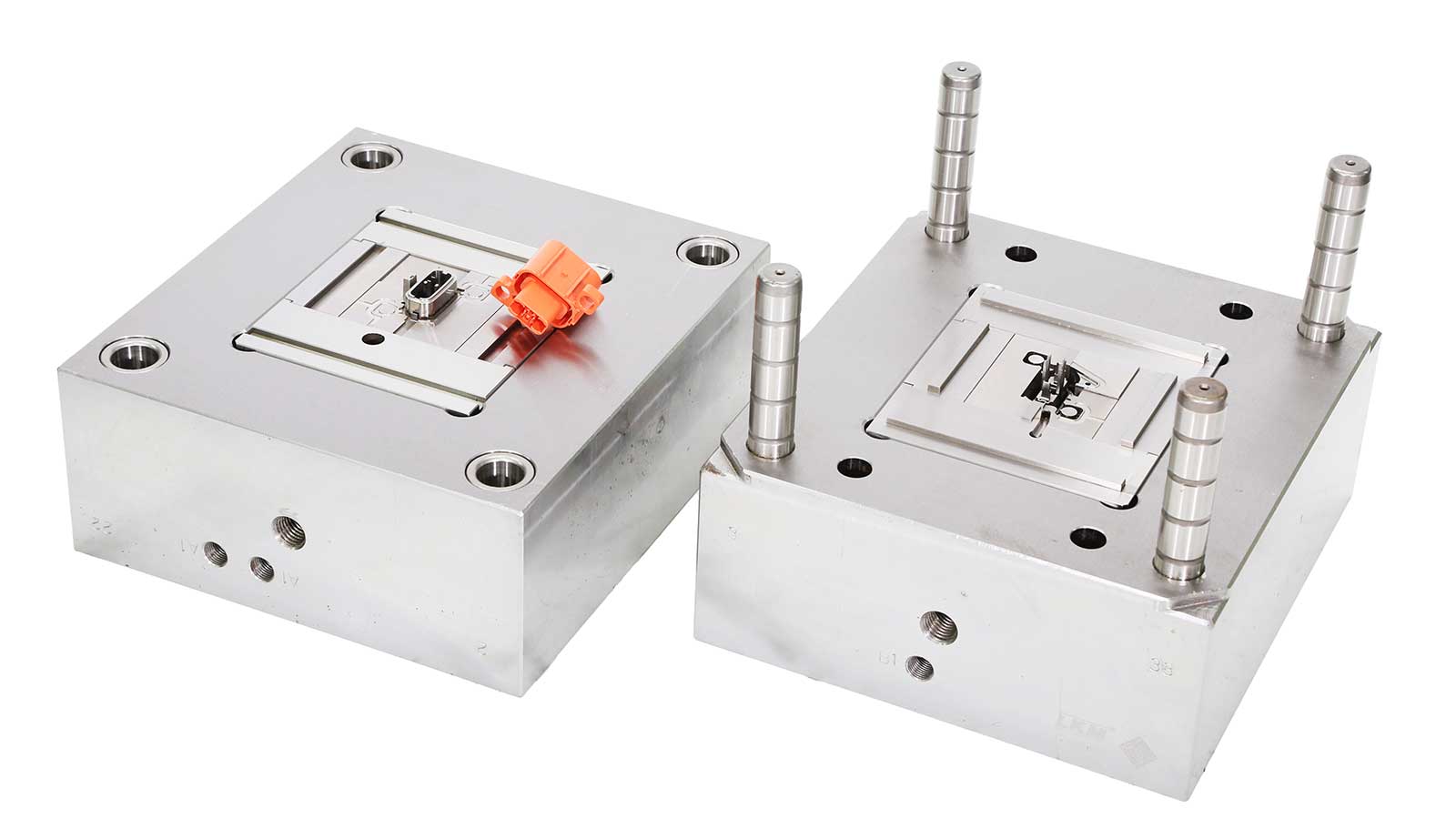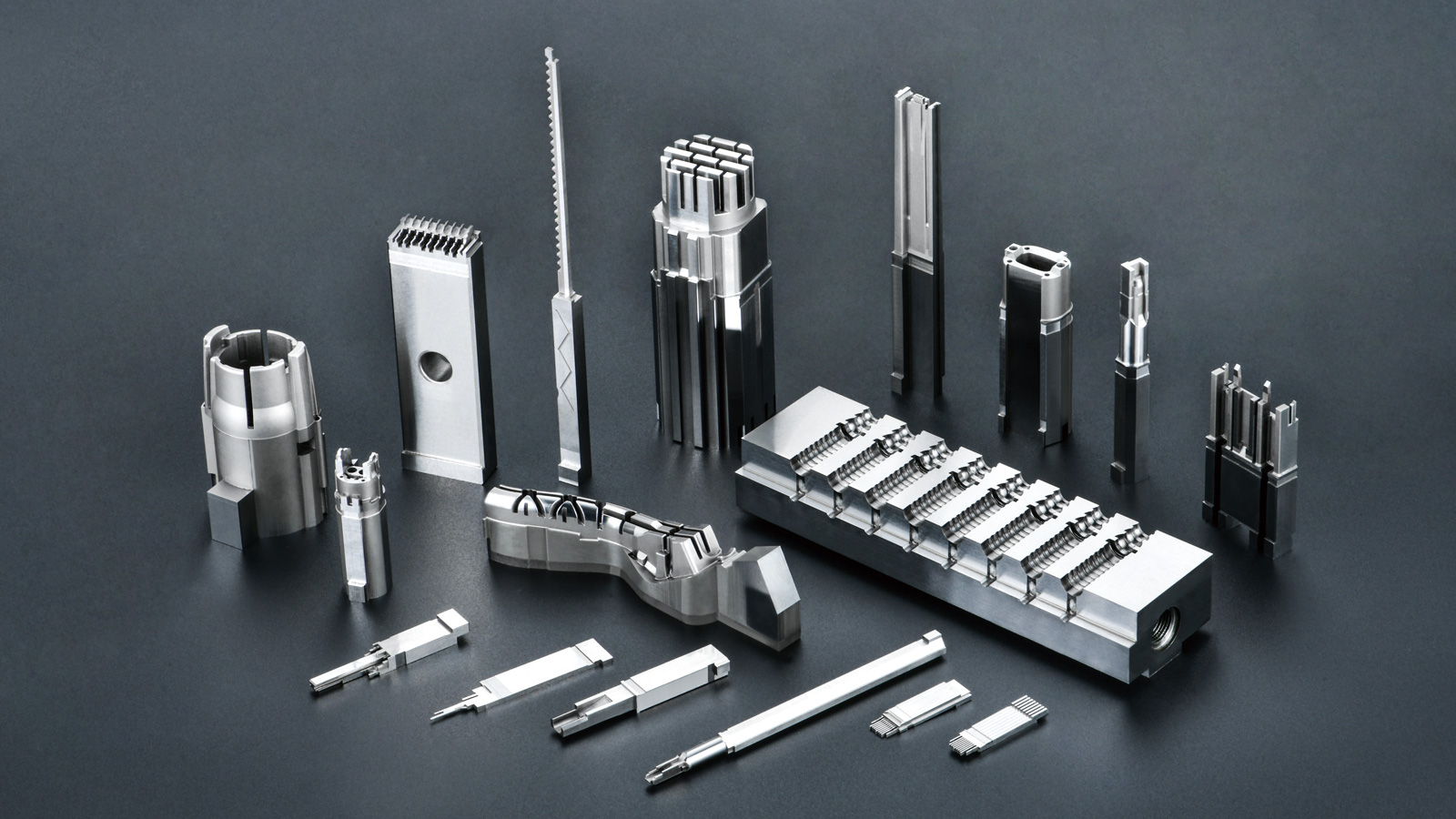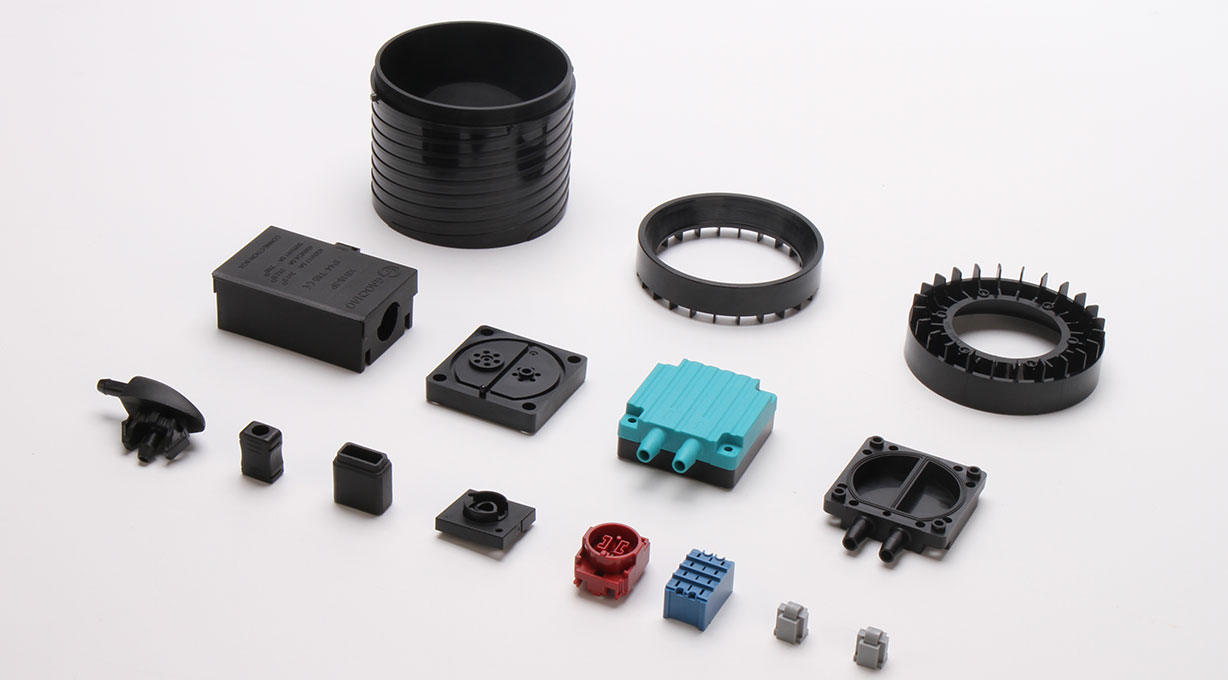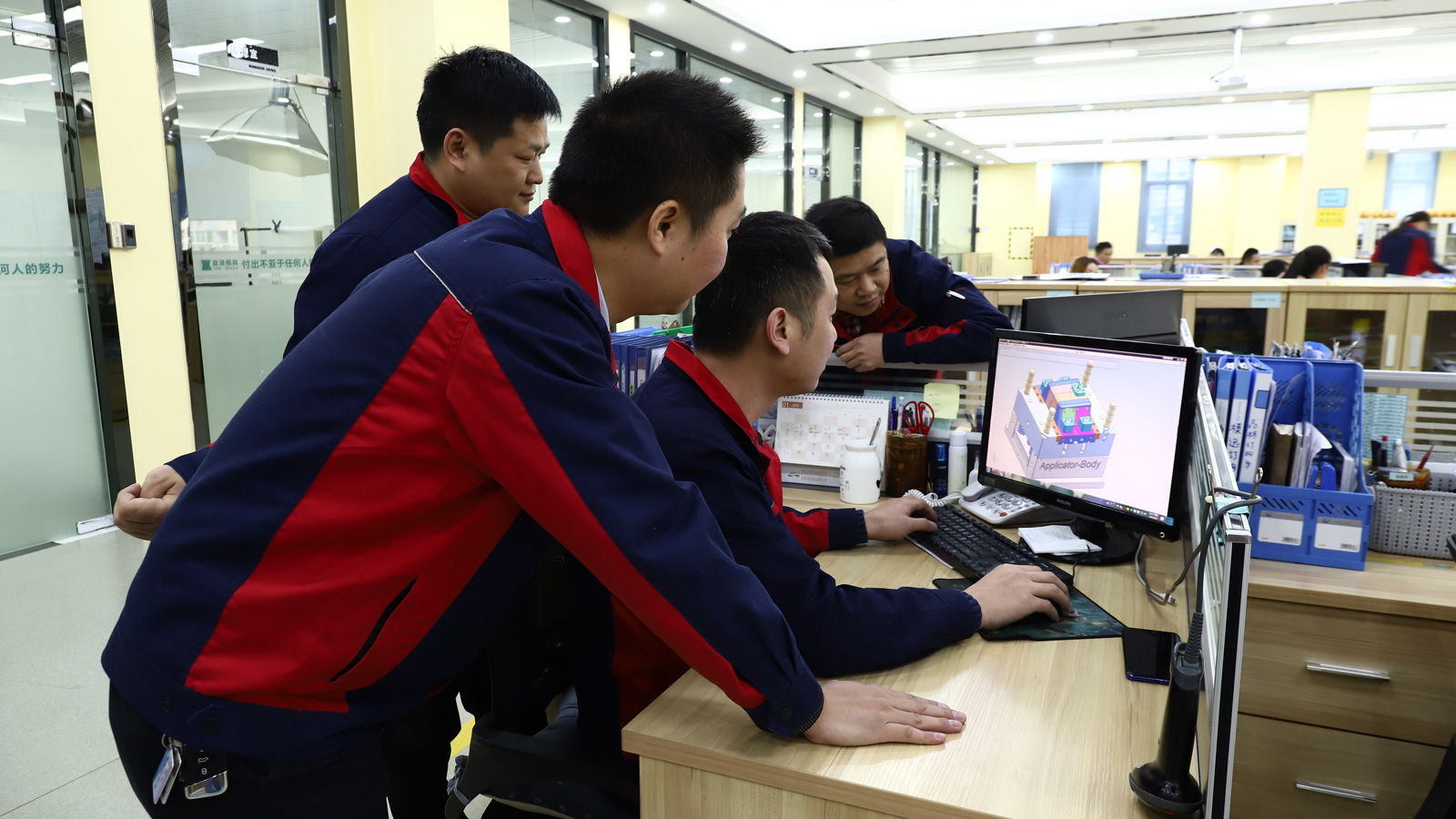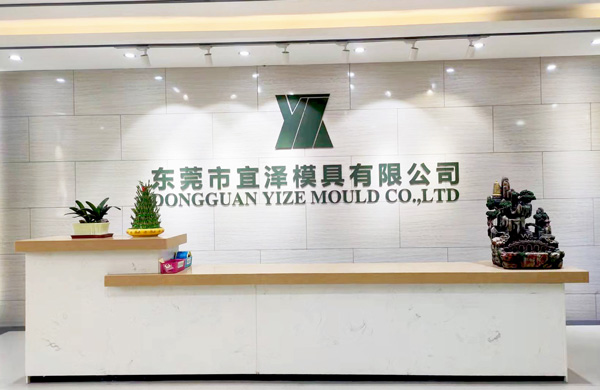In the field of injection molding, the quality of plastic parts is influenced by multiple factors. Once the plastic raw materials, injection molding machines, and mold structures are determined, the selection and regulation of injection molding process conditions become a key aspect in ensuring smooth molding and the quality of plastic parts. Among these, temperature, pressure, and processing time are the three core process conditions of injection molding. Today, let’s delve into the art of selecting temperature parameters in injection molding.
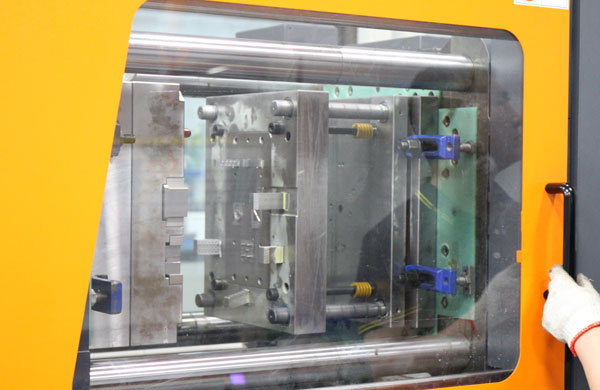
I. Temperature: The Key to Perfection
During the injection molding process, the temperatures that need to be finely controlled include the barrel temperature, nozzle temperature, and mold temperature. The barrel and nozzle temperatures directly affect the plasticization effect and flowability of the plastic, while the mold temperature plays a decisive role in the filling process and cooling solidification.
-
Barrel Temperature:
- The barrel temperature should exhibit a gradient distribution, gradually increasing from the hopper end to the nozzle.
- The hopper end is responsible for the preliminary heating of the plastic, with the compression section’s front half being slightly lower than the plastic’s melting point and the rear half being higher.
- The nozzle tip has the highest temperature to ensure smooth flow of the melt. For plastics with higher moisture content, the temperature at the rear end of the barrel can be appropriately increased.
- In screw-type injection machines, the plastic is easily plasticized due to the shearing friction of the screw, so the temperature at the front end of the barrel can be slightly lower than the middle section to prevent overheating and decomposition of the plastic.
- When the injection volume of the plastic part exceeds 75% of the rated injection volume of the injection machine or when the molding material is not preheated, the temperature at the rear end of the barrel should be 5-10°C lower than that at the middle and front ends.
-
Nozzle Temperature:
- The nozzle temperature is usually slightly lower than the maximum temperature of the barrel to avoid “drooling” of the melt at the nozzle.
- If the temperature is too low, it may cause the plastic to solidify at the nozzle, blocking it or affecting the quality of the plastic part.
- Frictional heat is generated when the melt passes through the narrow nozzle, increasing the temperature as it enters the mold cavity.
- In actual production, it is necessary to combine empirical data with actual conditions and adjust to an appropriate temperature through “air injection” and “visual analysis of the plastic part”.
-
Mold Temperature:
- The mold temperature refers to the surface wall temperature of the mold cavity that comes into contact with the plastic part, which affects the filling ability of the melt, the cooling speed of the plastic part, and its internal and external quality.
- The selection of mold temperature needs to consider the type of plastic, the shape and size of the plastic part, and its usage requirements.
- Mold temperature is usually controlled by introducing a cooling or heating medium at a constant temperature.
- When the mold temperature control requirements are not strict, air cooling can be used without introducing any medium; in special cases, resistance wires or heating rods can be used to maintain a constant mold temperature.
In summary, the selection of temperature parameters in injection molding is a complex and precise task. By precisely controlling the barrel, nozzle, and mold temperatures, we can ensure the smooth progress of the plastic part molding process and obtain high-quality plastic parts. In actual production, it is necessary to combine specific conditions and empirical data to continuously adjust and optimize the temperature parameters to achieve the best molding results.

